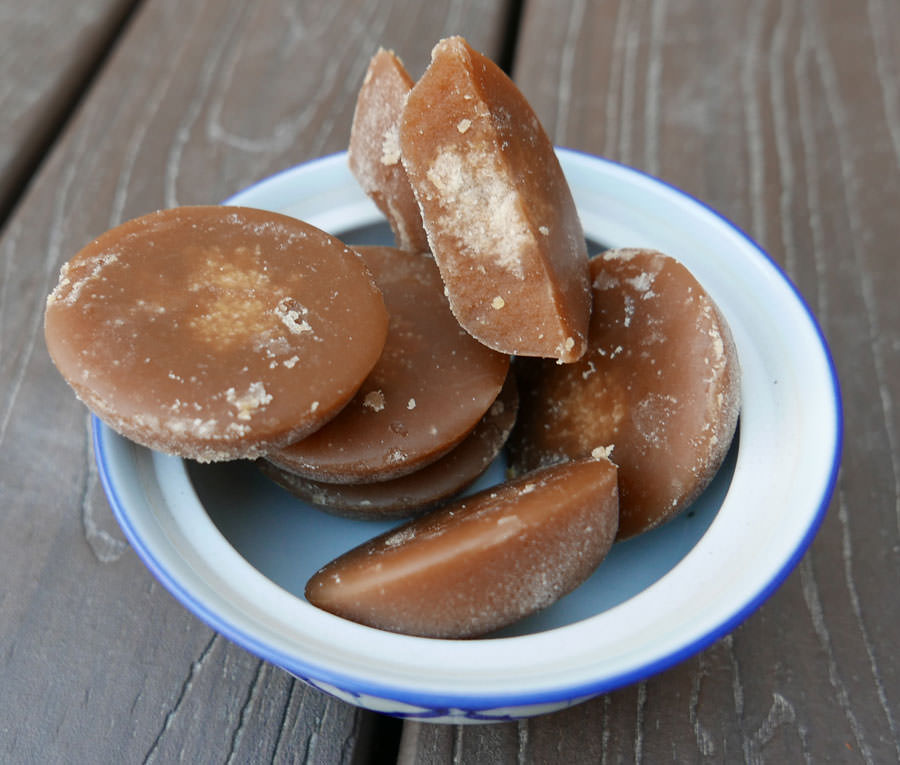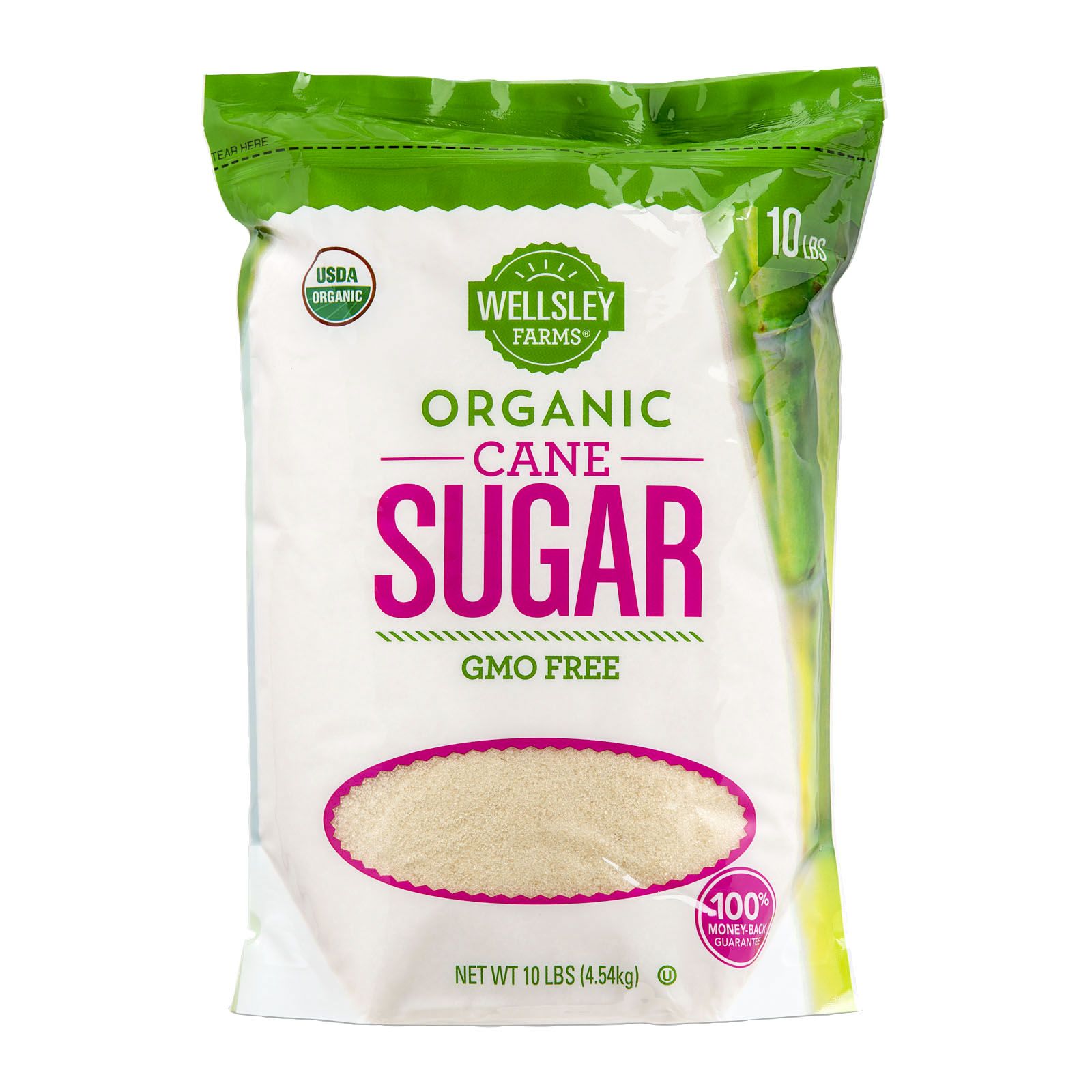A Comprehensive Overview to the Environmental Influence and Sustainability Practices in Walking Stick Sugar Handling
The ecological effect of walking stick sugar handling provides a complicated range of obstacles that warrant mindful exam. From dirt degradation and excessive water use to the carbon impact related to cultivation and production, the consequences of traditional practices are significant. On the other hand, the fostering of ingenious sustainability actions uses a pathway towards much more responsible production techniques. Understanding the interplay between these problems is critical for stakeholders in the sector. What certain practices can be carried out to strike a balance between performance and ecological stewardship? The solutions depend on a closer take a look at both the obstacles and prospective services.
Review of Cane Sugar Handling
Cane sugar processing includes a series of systematic steps that change sugarcane into polished sugar. At first, harvested sugarcane is transported to processing facilities, where it undergoes cleansing to eliminate soil and debris. Following this, the walking stick is squashed to extract juice, which is after that made clear by eliminating pollutants through heating and the enhancement of lime.
The cleared up juice undergoes dissipation, where water is eliminated to focus the sugar material. These crystals are divided from the continuing to be syrup utilizing centrifugation, resulting in raw sugar.
The end product is then dried and packaged for distribution. Throughout this entire procedure, preserving performance and quality control is necessary to ensure the sugar satisfies market criteria. Each step in cane sugar processing not only contributes to the last product however additionally has effects for resource use and waste generation, establishing the stage for discussions on sustainability and environmental influences connected with sugar manufacturing.
Environmental Challenges of Manufacturing
The manufacturing of walking stick sugar offers several substantial environmental challenges that warrant interest. One key worry is the comprehensive usage of agrochemicals, consisting of plant foods and pesticides, which can lead to soil deterioration, biodiversity loss, and contamination of local water resources. The overflow from sugarcane areas usually carries these chemicals into close-by ecosystems, interrupting aquatic life and influencing the health of neighborhoods reliant on these water bodies.
An additional challenge is the high energy intake connected with sugarcane handling. The boiling and refining stages require significant heat, mostly generated by burning nonrenewable fuel sources, adding to greenhouse gas emissions. In addition, the large acreage required for sugarcane farming can result in logging and habitat damage, further worsening climate modification and harmful wild animals.
Additionally, the labor techniques in some regions elevate honest worries, as workers might deal with inadequate working conditions and poor wages. This situation usually bolsters a cycle of hardship in local neighborhoods. Cane Sugar Processing. Addressing these environmental challenges is vital for developing more sustainable practices in walking stick sugar manufacturing, inevitably benefiting both the setting and the areas included in this market
Water and Land Use Impact
Water sources and land utilization are important parts in the cane sugar market that substantially impact the atmosphere. The cultivation of sugarcane needs substantial water input, with estimates suggesting that it can consume approximately 2,000 litres of water per kg of sugar produced. This intensive use water often leads to exhaustion of regional water sources, impacting not only the sugarcane plantations yet likewise surrounding ecosystems and areas that depend on the exact same water resources for farming and domestic use.

Furthermore, land use for sugarcane cultivation can cause deforestation and the conversion of all-natural environments into monoculture haciendas. This technique decreases biodiversity, interrupts regional ecological communities, and adds to soil deterioration. The expansion of sugarcane fields often elbows in on beneficial agricultural land, creating competition for sources in between food and biofuel manufacturing.
Lasting techniques, such as optimizing watering strategies and applying plant turning, are vital to mitigate these effects. By adopting more effective water use and land management methods, the cane sugar industry can minimize its ecological impact, ensuring a balance in between agricultural performance and environmental conservation.
Greenhouse Gas Emissions
Greenhouse gas emissions stand for a substantial environmental problem within the cane sugar handling market, particularly as agricultural methods broaden to meet global demand. The farming of sugarcane, a crop that thrives in tropical environments, counts heavily on artificial fertilizers and pesticides, which add to laughing gas exhausts. Additionally, land-use changes, including deforestation try this site for brand-new useful content sugarcane ranches, release co2 stored in greenery and dirt.
Throughout handling, energy intake is another significant source of greenhouse gas discharges - Cane Sugar Processing. Several sugar mills utilize nonrenewable fuel sources to power equipment and produce warmth, leading to considerable carbon impacts. Additionally, the transportation of raw sugarcane and completed products includes layers of exhausts with fuel combustion in cars
This involves reviewing current agricultural practices, processing techniques, and transportation systems to identify locations for renovation and mitigation. Dealing with greenhouse gas emissions is necessary for promoting a more sustainable cane sugar sector in a transforming environment.

Sustainable Practices and Innovations
Lasting practices and developments are progressively vital in the walking cane sugar processing industry as stakeholders seek to lower ecological impacts while keeping efficiency. One considerable improvement is the implementation of integrated crop monitoring, which optimizes resource usage by integrating dirt monitoring, parasite control, and plant turning strategies. This approach boosts yield while decreasing chemical inputs and preserving dirt health and wellness.
Moreover, the fostering of renewable power resources, such as biomass from sugarcane deposits, has actually obtained traction - Cane Sugar Processing. By converting waste products into power, refining facilities can minimize their reliance on nonrenewable fuel sources, thus lowering greenhouse gas emissions
Water management techniques have actually likewise seen enhancements via the recycling and reusing of water in processing plants, dramatically decreasing freshwater intake. Innovations in modern technology, such as accuracy agriculture, make it possible for farmers to monitor crop wellness and source use better, ensuring lasting growing practices.
Additionally, accreditation programs like Fair Profession and Rain forest Alliance encourage eco liable farming methods and promote social equity within the supply chain. By embracing these lasting practices and developments, the walking cane sugar processing sector can boost its resilience and add positively reference to ecological stewardship.
Conclusion
The ecological effect of walking cane sugar processing offers substantial challenges, consisting of soil deterioration, high water consumption, and greenhouse gas discharges, alongside ethical problems associated with labor techniques. Addressing these issues through lasting methods, such as integrated crop management, renewable power fostering, and water recycling, is vital. By advertising eco accountable and socially equitable methods in sugar production, the market can reduce its adverse effects, ensuring a more sustainable future for both environments and areas associated with this field.
Walking stick sugar handling includes a series of methodical actions that transform sugarcane right into refined sugar. Each step in walking cane sugar handling not only adds to the last item yet also has effects for resource usage and waste generation, establishing the phase for discussions on sustainability and environmental influences linked with sugar production.
Greenhouse gas emissions stand for a substantial environmental worry within the walking stick sugar handling industry, especially as agricultural practices expand to meet worldwide need.Sustainable practices and technologies are significantly crucial in the cane sugar handling industry as stakeholders seek to minimize environmental effects while maintaining efficiency.The environmental influence of walking cane sugar handling offers substantial challenges, including dirt destruction, high water intake, and greenhouse gas exhausts, together with moral worries related to labor methods.